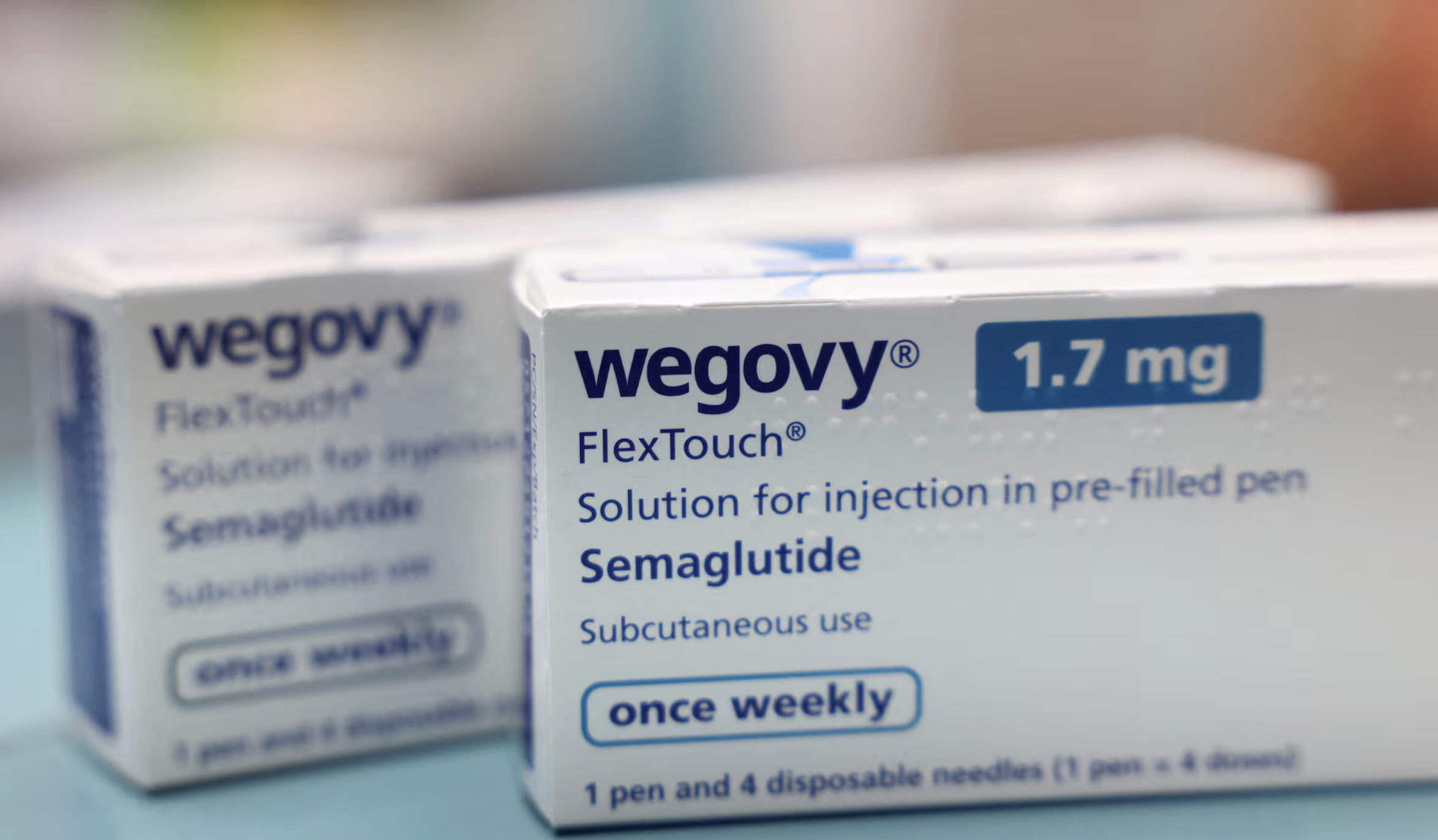In an appalling event, the government of Rajasthan has found alarmingly high levels of pesticide and insecticide contamination in on popular spice brands samples collected across Rajasthan. This test was conducted by the Health and Family Welfare department. The samples that were used in the study were part of a special campaign launched in May to ensure food safety.

Rajasthan Cracks Down on Spice Brands After High Pesticide Levels Found
The Rajasthan Government has prompted to take swift action on precaution of the food manufacturing. The Rajasthan government is taking help of Gujrat and Haryana government as well as written to the Food Safety and Standards Authority of India (FSSAI), seeking guidance to take action on manufacturing units of the offending brands are located in their regions.
This article provides a helpful guide with simple house test to detect adulteration in ten common consumed food items to address this concern.
Fight Food Fraud: Simple Home Tests to Protect Your Pantry
The tests were shared by the Chief Clinical Nutritionist at Cloudnine Group of Hospitals Bengaluru, Abhilasha V, are designed to identify adulteration in milk, honey, spices, tea & coffee, vegetables, fruits, grains, meat, oils & fats, and dairy products.
1. Milk
Test for Water and Detergent:
Water:
- Put a drop of milk on a polished surface. If it flows down without leaving a trail, water is present.
Detergent:
- Shake the milk vigorously. If it forms a dense lather, it may contain detergent.
2. Honey
Test for Sugar Syrup and Water:
Sugar Syrup:
- Add a few drops of honey to a glass of water. Pure honey will settle at the bottom, while adulterated honey will dissolve.
Water:
- Place a small amount of honey on your thumb. If it spreads, it is likely adulterated.
3. Spices (Turmeric, Chili Powder)
Test for Artificial Colours and Brick Powder:
Turmeric:
- Mix a teaspoon of turmeric powder in a glass of warm water. Pure turmeric will settle at the bottom, leaving clear water. If it turns the water cloudy, it may contain adulterants.
Chili Powder:
- Sprinkle a small amount of chili powder on water. Artificial color will leave a red streak, while pure chili powder will settle without streaking.
4. Tea and Coffee
Test for Used Leaves and Adulterants:
Tea:
- Spread a small quantity of tea leaves on wet blotting paper. If a yellow or orange stain appears, it indicates the presence of artificial colour.
Coffee:
- Sprinkle coffee powder on water. Pure coffee will float while adulterants will settle down.
5. Vegetables
Test for Artificial Colours:
Green Vegetables:
- Rub the surface of the vegetables with a cotton ball soaked in water or vegetable oil. If the cotton gets coloured, artificial dyes are present.
6. Fruits
Test for Artificial Ripening Agents:
Bananas:
- Put a few drops of water on the banana. If it turns brown where the water was applied, it indicates the presence of artificial ripening agents like calcium carbide.
7. Wheat and Other Grains
Test for Stones and Other Adulterants:
Wheat:
- Dissolve a tablespoon of wheat flour in water. Pure flour will settle at the bottom. If the water turns cloudy or contains residue, it indicates adulteration.
8. Meat and Meat Products
Test for Non-Meat Fillers:
Meat:
- Press the meat. If it feels excessively firm or rubbery, it may contain fillers. Pure meat should have a natural color without any bright red or pink patches.
9. Oils and Fats
Test for Adulteration with Other Oils:
Coconut Oil:
- Refrigerate a small amount of coconut oil. Pure coconut oil solidifies, while adulterated oil remains liquid.
Other Oils:
- Pour a few drops of oil on your palm and rub it. Pure oil will be absorbed quickly, leaving no greasy residue.
10. Dairy Products (Cheese, Butter, Ghee)
Test for Adulterants:
Butter:
- Melt a small amount of butter in a spoon. Pure butter will melt quickly and turn brown, whereas adulterated butter will take longer and may leave a white residue.
Ghee:
- Add a teaspoon of ghee to a pan and heat it. Pure ghee will melt and turn brown, whereas adulterated ghee will leave a layer of oil on top.
It’s important to remember that these home tests are just a starting point and may not be reliable for every type of adulteration. Laboratory testing remains the most reliable option for definite results and a comprehensive analysis. Buying from trusted and certified sources can significantly reduce the risk of eat up adulterated food products.
The multi-form approach could be established to ensure food safety and protect public health by carrying out strict regulations and conducting regular testing, and empowering consumers with basic knowledge.













